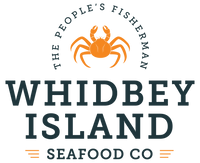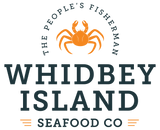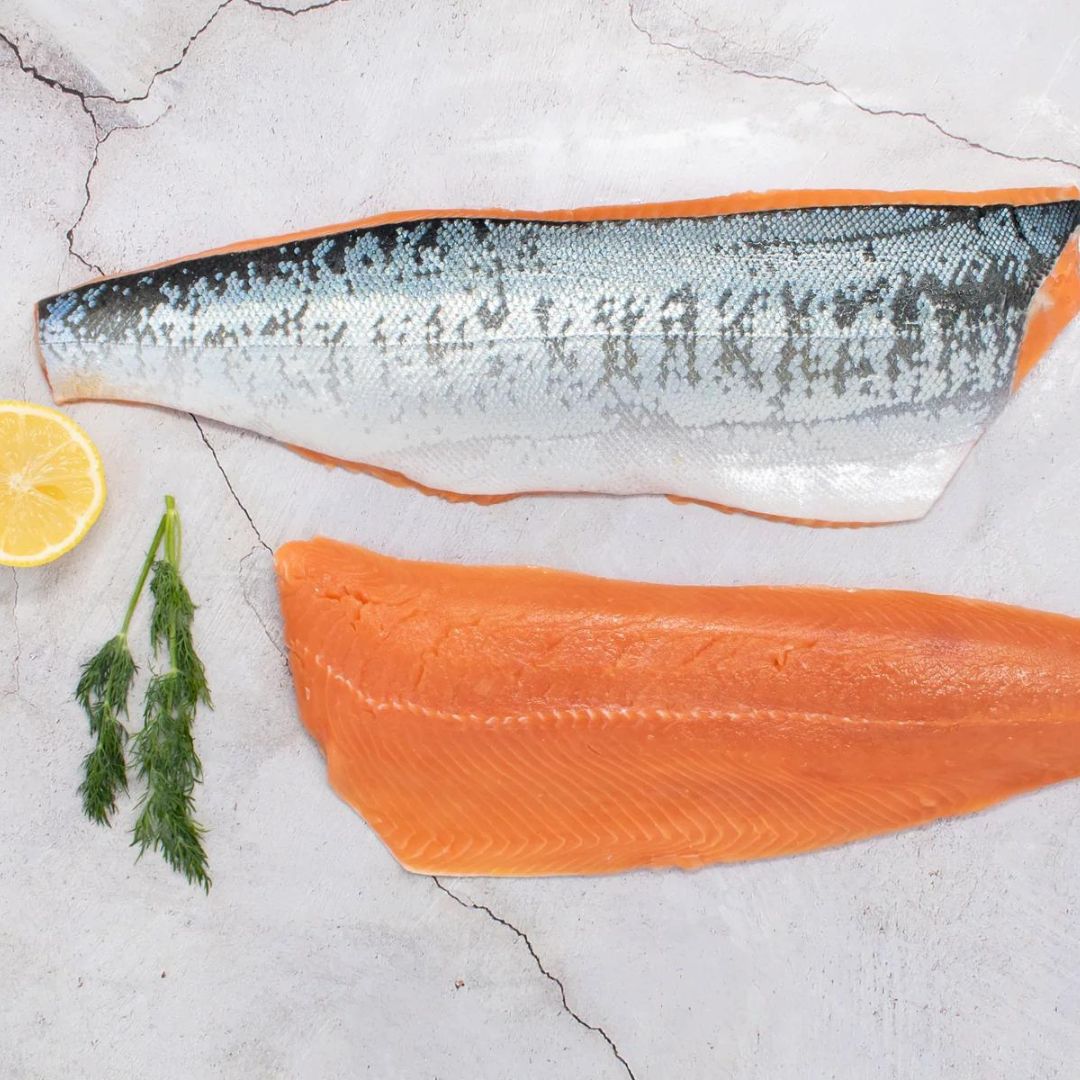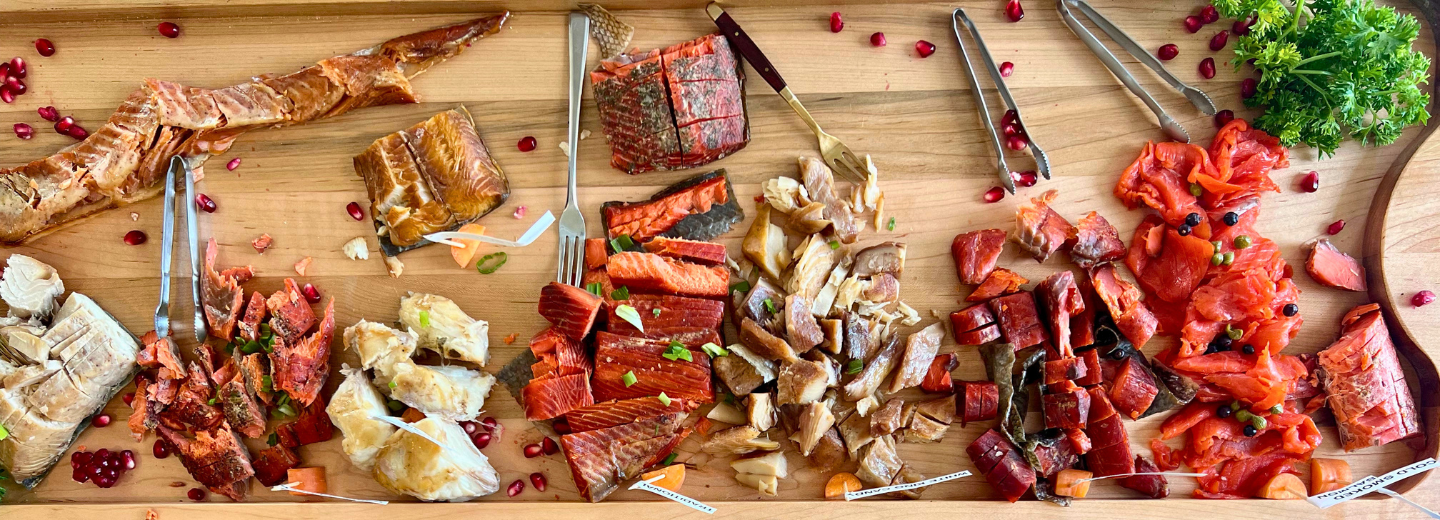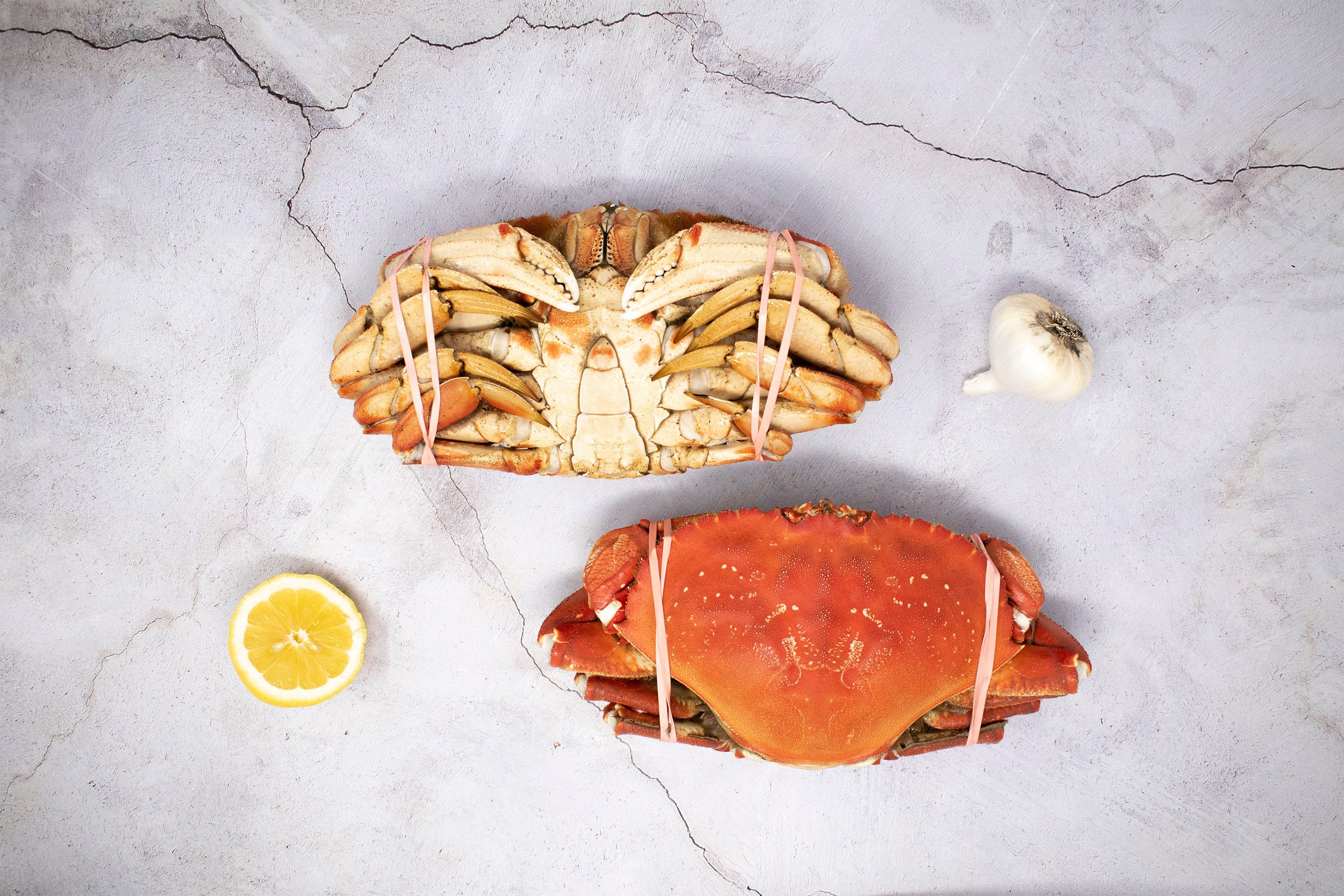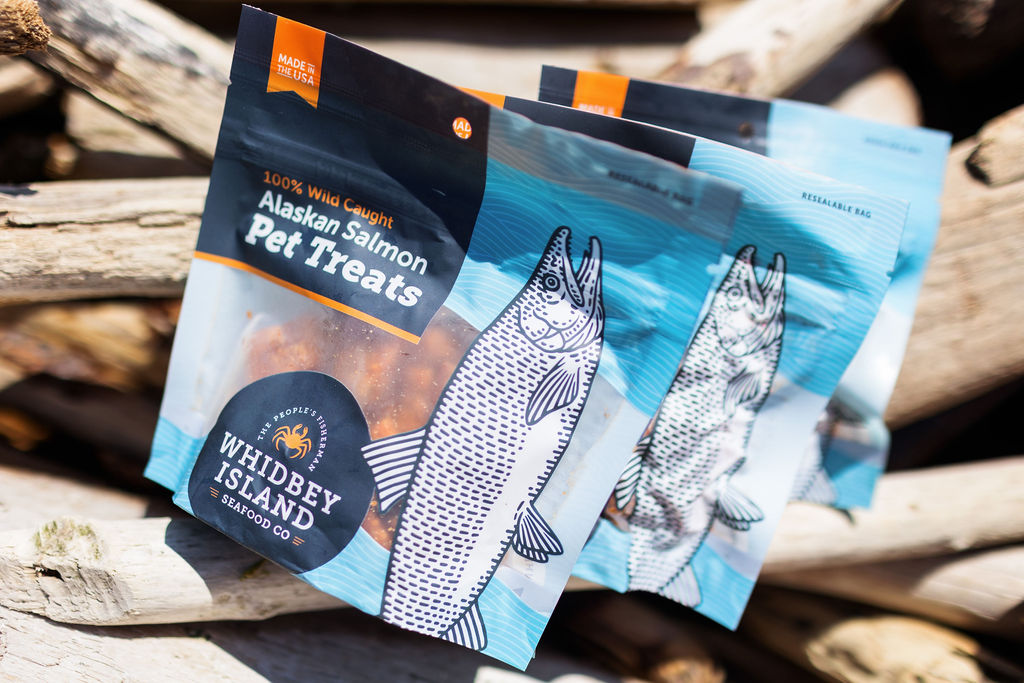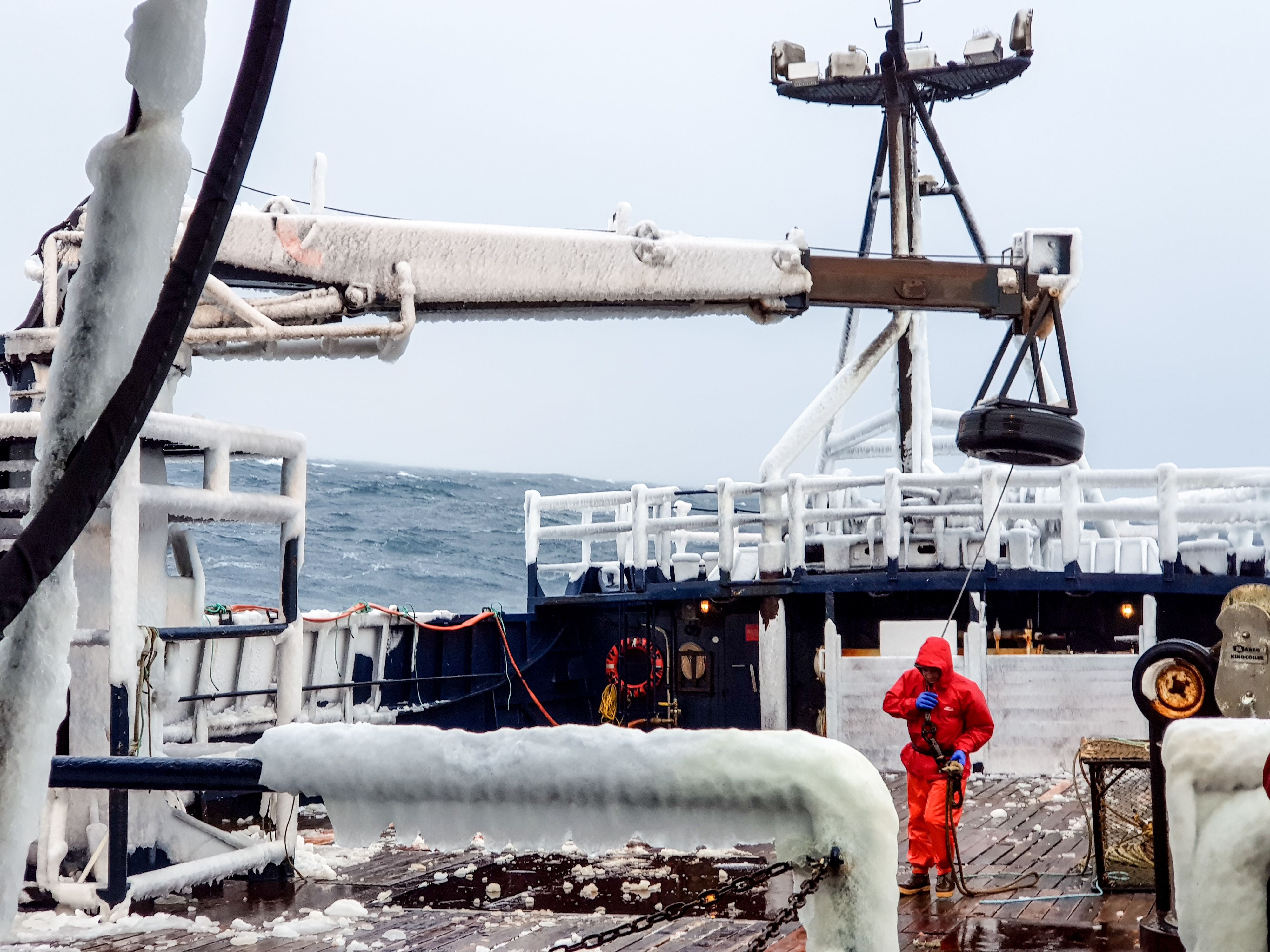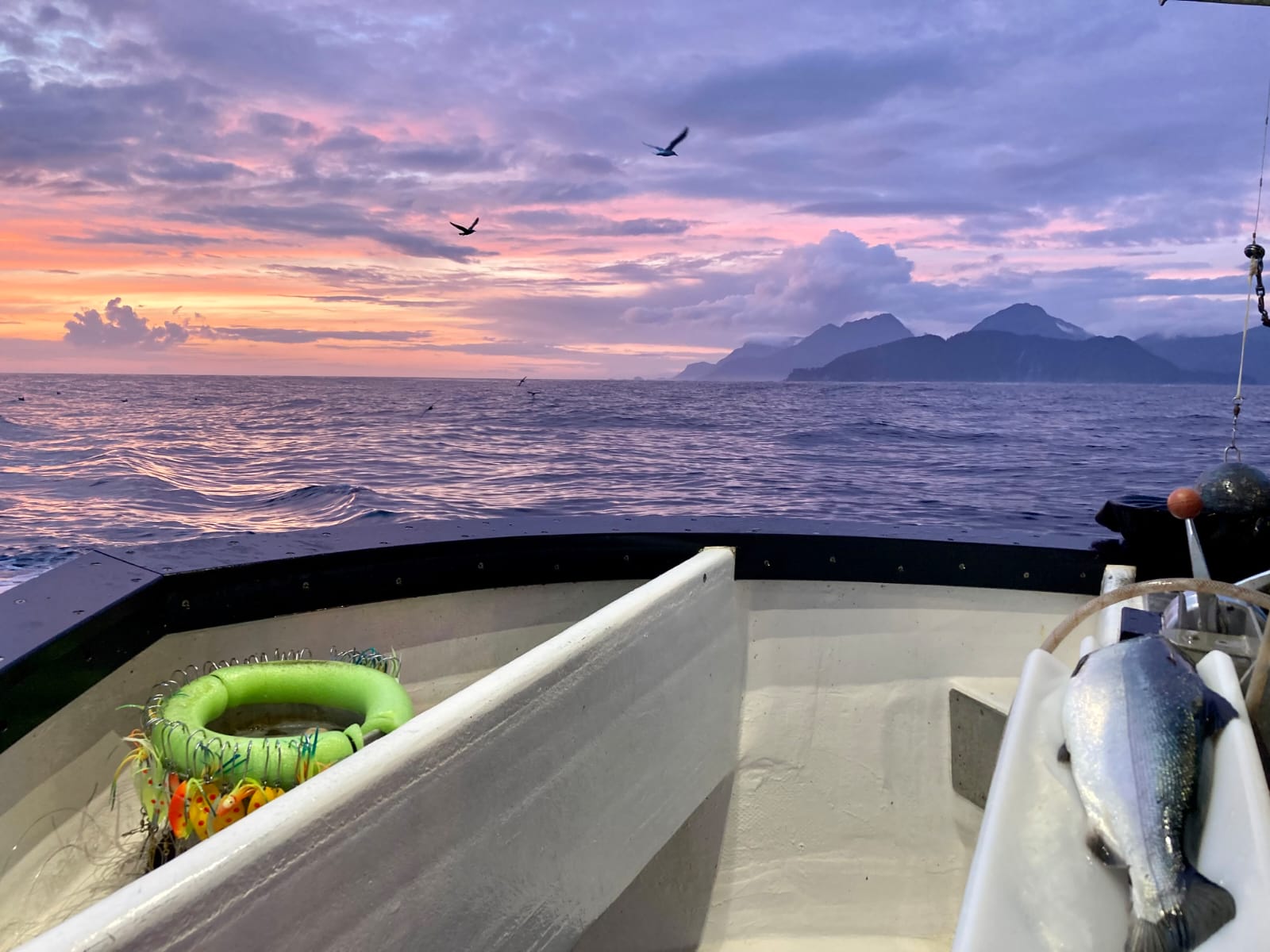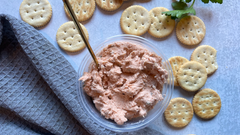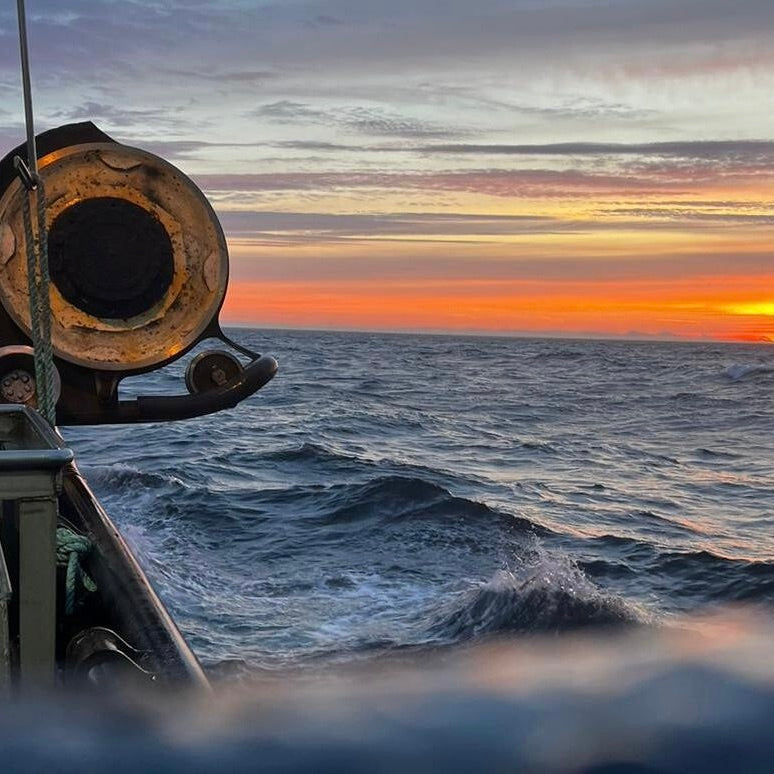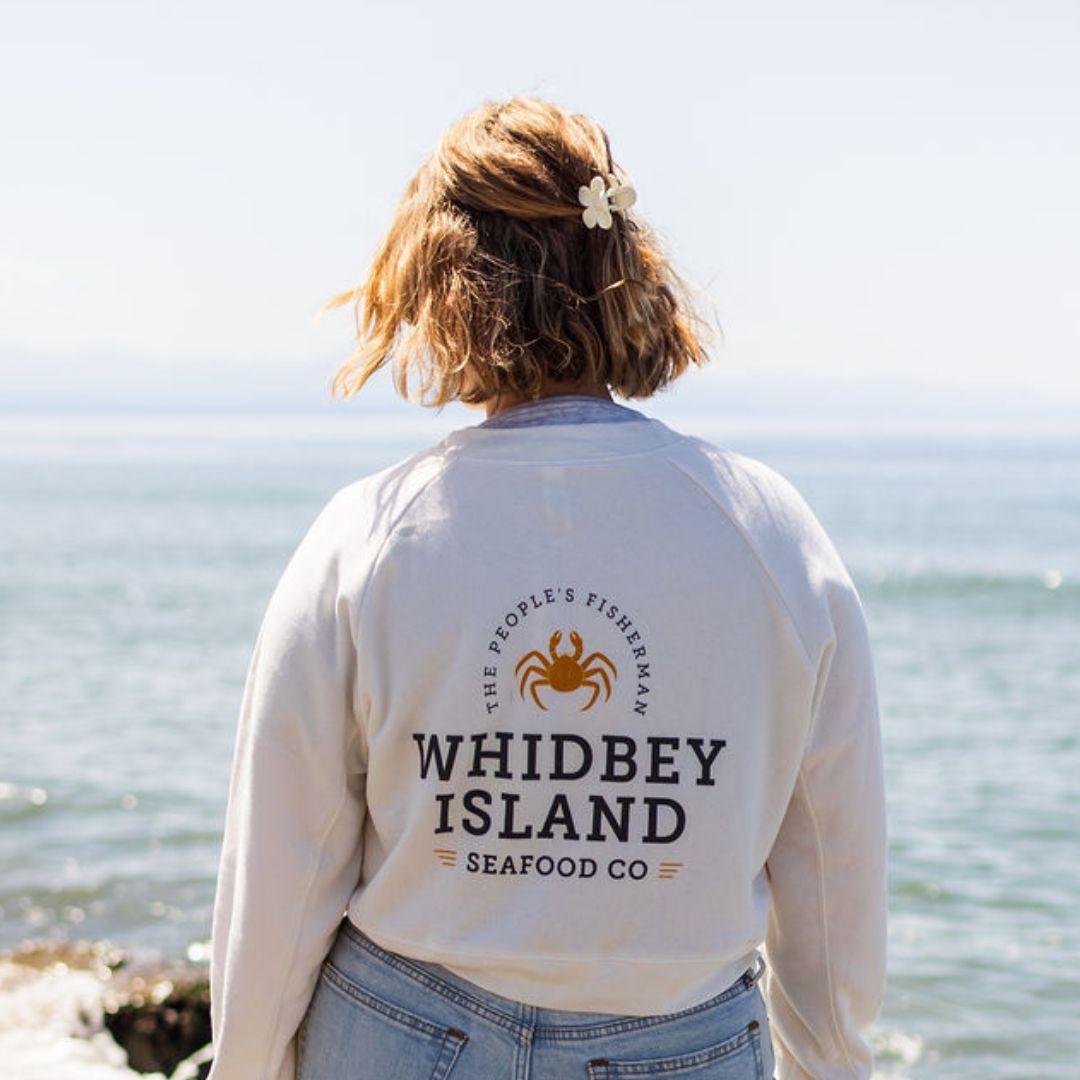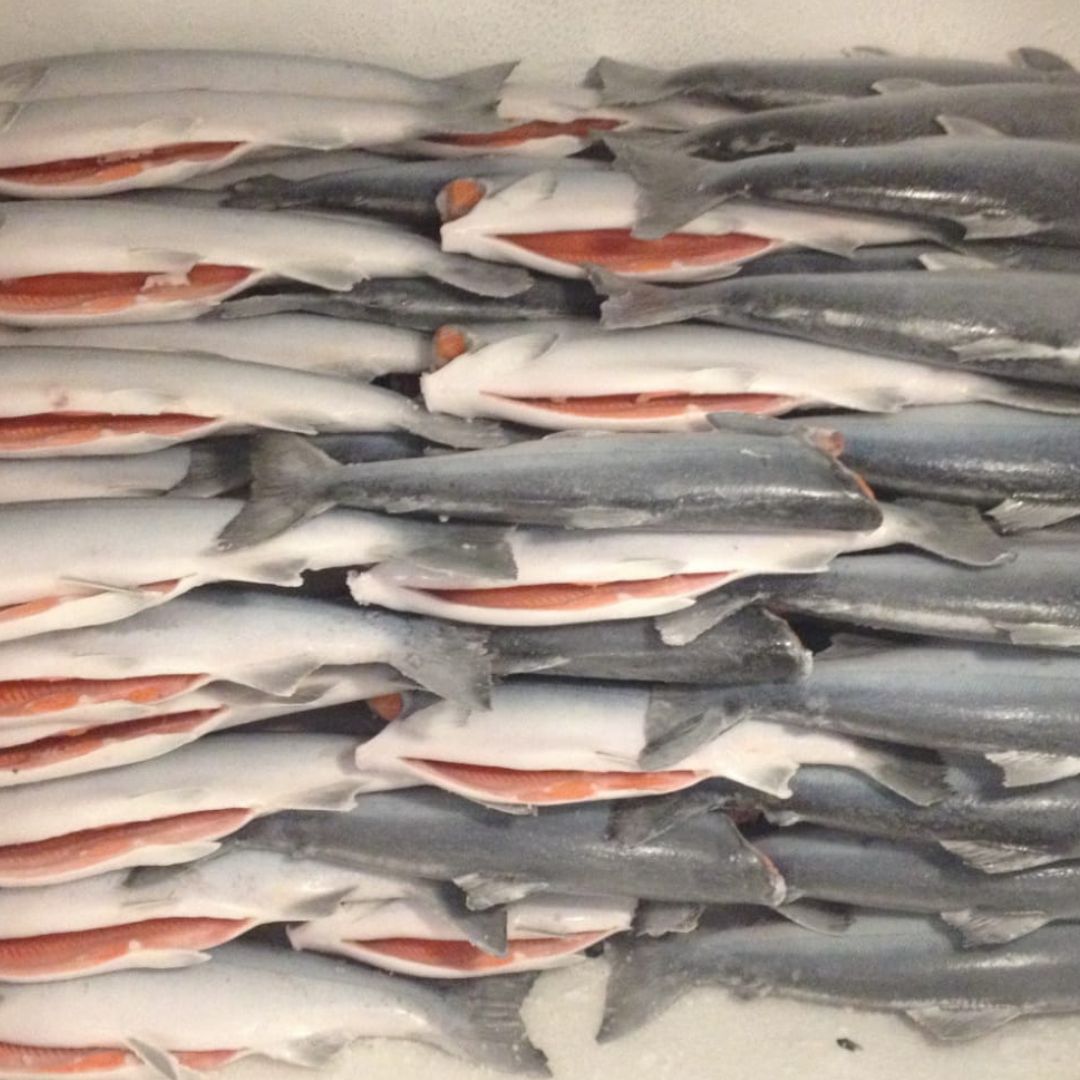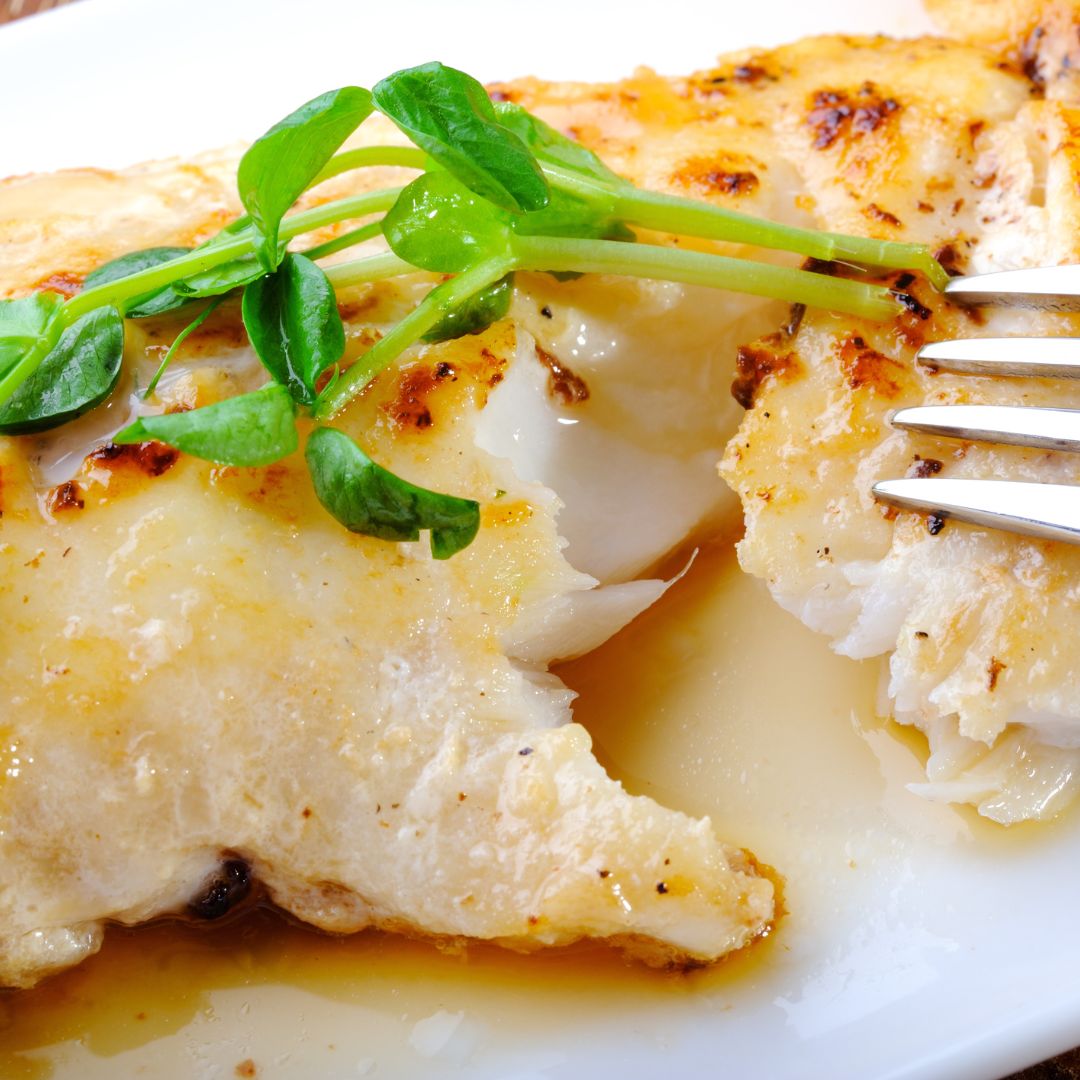If you’ve ever wondered how wild-caught seafood stays sustainable, the answer often starts with something called a fishing quota. In Alaska, commercial fishermen follow one of the most carefully managed systems in the world—and that’s something we’re proud to be part of.
At Whidbey Seafoods, we believe it’s important for our customers to understand where your seafood comes from and what goes into harvesting it responsibly. So let’s break it down.
🐟 What Is a Fishing Quota?
A fishing quota is a limit on how much of a particular species can be caught during a specific time period, usually a season or year. These quotas are set by fishery managers to help prevent overfishing, protect ecosystems, and ensure long-term sustainability.
In Alaska, quotas are based on:
-
Scientific surveys and stock assessments
-
Health of fish populations
-
Reproductive cycles
-
Environmental conditions
The state works closely with federal agencies, including the Alaska Department of Fish & Game (ADF&G) and the National Marine Fisheries Service (NMFS), to review data and set annual catch limits.
⚖️ How Quotas Are Distributed
Once a total allowable catch (TAC) is determined for a species (like halibut, black cod, or crab), that quota is divided among fishermen in a few different ways:
Individual Fishing Quotas (IFQs)
Some fisheries, like halibut and black cod (sablefish), operate under an IFQ system. This means:
-
Each qualified fisherman or permit holder gets a specific portion of the quota
-
They can catch their share over a flexible season
-
IFQs are often based on a fisherman's history or vessel performance
This system reduces the "race to fish," improves safety, and gives harvesters time to handle seafood with more care—something that leads to better quality for you, the customer.
Other Systems
Not all fisheries use IFQs. Some, like salmon or herring, are managed through limited entry permits or openers, where fishing is only allowed during very specific windows. Managers monitor the catch in real time and close the fishery when limits are met.
🛥️ What This Means for Whidbey Seafoods
As a company that works closely with small-boat harvesters—including our own crew on the FV Baranof and trusted partners—we operate under these quota systems to ensure that:
-
Only what’s allowed is caught
-
Each fish is traceable
-
The resource is protected for future generations
We often say we’re in this for the long haul—and honoring quotas is one way we show that.
🌊 Why It Matters to You
When you buy from a company that sources responsibly within quota systems, you're supporting:
-
Sustainable fisheries
-
Healthy ocean ecosystems
-
Fishermen who do things the right way
It’s part of what makes wild Alaskan seafood so special—and so worth protecting.
Have more questions about how we source seafood or what makes our supply chain different? We love talking shop!
📬 Reach out to us or explore more behind-the-scenes on our blog.
